Dee Estuary Birding
Monthly Newsletter...
May 2022 Newsletter
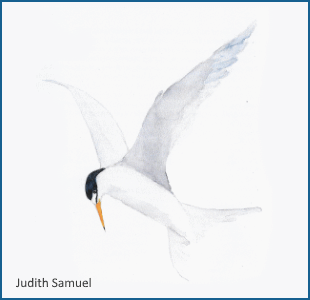
Little Terns at Gronant and Point of Ayr

The
Little Tern season started early this year with a sighting of one
fishing off Hilbre on April 12th. Most will arrive through May and we
can expect the first nests around the third week of the month. We are
privileged here on the Dee estuary that not only do we now have two
Little Tern colonies but the one at Gronant is one of the biggest in
the British Isles. But these colonies wouldn't exist without wardening
to keep foxes, kestrels and mis-behaving humans and their dogs away,
so I start with an appeal for voluntary wardens. I volunteered at
Gronant for 15 years and thoroughly enjoyed it - it was a privilege to
be able to help the Little Terns and it is also a lovely spot to spend
some time and I was also able to get some good birding in! Details of
how to become a voluntary warden are given below but feel free to just
turn up at either Gronant or Point of Ayr and chat to the wardens, or
just to watch the terns.
Gronant
The best way to become a voluntary warden at Gronant
is to contact the North Wales Little Tern Group by emailing
nwlittletern@gmail.com.
I quote from their website
(https://northwaleslittleterns.weebly.com/howyoucanhelp.html
):
"The way you can help the birds whenever you are free, please consider
heading down to the Gronant dunes and the wardens will always have
something for you to help with. Volunteers play a crucial role in
supporting the staff wardens as it is a large site with lots happening.
If you can volunteer at Gronant Dunes this season, please let us know
by emailing nwlittleterns@gmail.com."
Also you can download this PDF file which goes into some detail about
the Little Terns and the wardening scheme:
Becoming a Little Tern Warden.pdf.
Point of Ayr
The Point of Ayr scheme is run by the RSPB and the person to contact is Liz Holmes,email: elizabeth.jayneholmes@rspb.org.uk or contact the RSPB at Burton Mere Wetlands.
This is what was emailed to me:
After another successful year last year, We're going all out again on the little tern project.
Wardening makes a huge difference to keeping little terns safe, as it only takes one person, or one dog to cause a lot of damage, and repetitive disturbance from the public will easily prevent terns from breeding at the Point of Ayr. Just like last year, we are going to warden as much as possible aiming to cover 9-5, 7 days a week, this year we have two part-time volunteer Little tern wardens, Fiona and Louise who are currently our two residential volunteers at burton mere wetlands . They will be Wardening, helping to organize volunteering, carrying out extensive surveying and helping with fence maintenance. We will be starting the wardening scheme from early / mid-May this year until the birds fledge (could be until the end of August). Any help you can give over this time would be amazing.
If you would like more information about this role follow this link: https://volunteer.rspb.org.uk/opportunities/30027-species-protection-little-tern-volunteer-2022-03-30

The 2021 Season
Blessed with good weather 2021 was a very good year for the Little Terns with a record number of pairs breeding (175) which resulted in the third highest number of fledglings (a minimum of 211), behind 2010 with 216 and 2019 with 212. The number of fledglings would have been higher but as usual some chicks were lost to foxes when they wandered outside the electrified pens and the kestrel managed to predate a few. In addition there were several Ringed Plover and Oystercatcher nests.
The figures are the combined totals for both Gronant
and Point of Ayr, see the graph below.
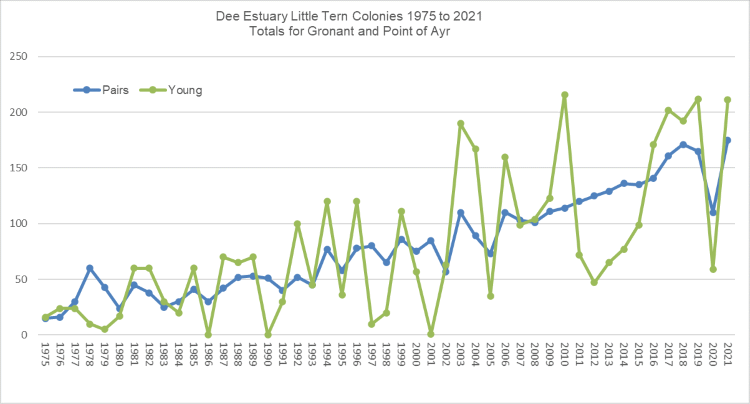
2021 was the 17th year that Denbighshire Countryside
Services have managed the Little Tern colony at Gronant, prior to 2005
it was the RSPB's project going back all the way to 1975. Although one
or two pairs have occasionally attempted to breed at Point of Ayr over
the years, usually unsuccessfully, it's only over the past three
summers that a colony has been established there, albeit far smaller
than Gronant. As it lies within the RSPB Point of Ayr Reserve they have
the responsibility for managing this colony. Below are the figures for
both Gronant and Point of Ayr for the last three years for comparison:
| Year |
Gronant |
POA |
||
| Pairs |
Young |
Pairs |
Young |
|
| 2019 |
162 |
206 |
3 |
6 |
| 2020 |
89 |
31 |
21 |
28 |
| 2021 |
163 |
201 |
12 |
10 |
It's very good news that Little Terns are now also breeding at Point of Ayr as it gives them an alternative site if there are problems at Gronant, as there was in 2020 when a storm resulted in 70% of the nests being destroyed. Some then started nesting at Point of Ayr and were quite successful as can be seen in the table above.
Nationally, it is sad that Little Terns are
continuing to decline despite much research and effort to rectify this
and protect the colonies. But we can take same consolation that our
terns on the Dee Estuary continue to do very well. Indeed, two of the
most successful colonies in the British Isles are relatively close to
each other with Gronant in North Wales and Kilcoole in south-east
Ireland, just 150 miles apart. Kilcoole has a very similar history to
Gronant starting several decades ago with just 20 pairs or so and that
has now grown to around 150 pairs. Colour ringing has shown that there
is much interchange between the two sites and other colonies within the
Irish Sea, and that is the topic of my next article
below................
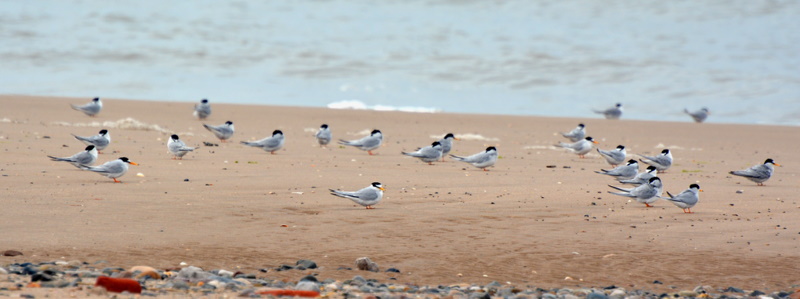
Colour Ring Report - Little Tern Special

In
2013 Cabot & Nisbet wrote in their New Naturalist Terns book 'Of
all our breeding terns we know least about the migrations of the little
tern because of the paucity of recoveries of ringed birds.....a very
low recovery rate of about 1.34 per cent......With such a low rate of
recovery it is not surprising that migration routes and even the
location of winter quarters are poorly documented.' In 2014 that
started to change with the setting up of the Little Tern Recovery
Project funded by EU Life. This provided funding not only to protect
the colonies but also research into understanding the Little Tern
population and movements including colour ringing. There was some
resistance to colour ringing Little Terns as it was thought that the
rings would have to be so small to fit onto their tiny legs they would
be impossible to read in the field! Luckily that hasn't been the case,
indeed far from it and I was astonished to read in their 2021 Report
that there were seven hundred
sightings of three hundred and
thirteen colour-ringed Little Terns at Gronant last summer!
The pie chart below shows where all these birds were
originally ringed and were all from breeding colonies within the
British Isles apart from one ringed on passage in Portugal in September
2018. Also sighted at Gronant in 2020 this is the only Portuguese
ringed Little Tern ever recorded in Britain and Ireland.
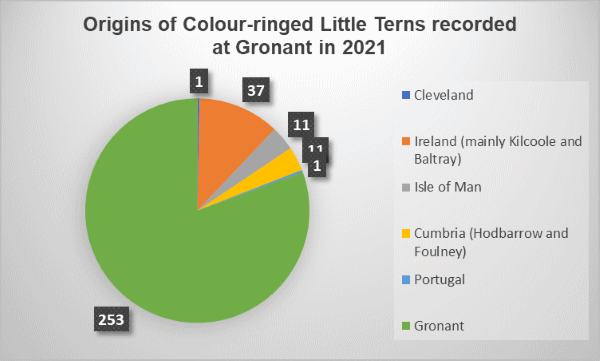
Colour ringing has also improved the recovery rate
in their wintering area and all of these have been from the west
African coast - Mauritania, Senegal, Gambia, Guinea Bissau and Sierra
Leone with a total of 22 records up until the end of 2020 (includes
metal ring recoveries so going back several decades). Only one of these
were recorded in Mauritania but that changed in November 2021 thanks to
our friends from the Royal Netherlands Institute of Sea Research
(NIOZ), who were in the Banc d'Arguin National Park on their annual
wader expedition and found time to scan through the Little Terns there
and found 14 with colour rings - including six from Gronant!
Details below:
Yellow ring (C1B)
Ringed on Foulney Island on 27/06/2017 as a chick.
Recorded at Gronant in 2019 and confirmed to be breeding, and there
were five records from June to August 2021.
Recorded at Banc d'Arguin, Mauritania on 26/11/2021.
Yellow ring (PBX)
Ringed at Gronant on 14/06/2019 as a breeding adult.
Also seen at Point of Ayr in August 2019.
Recorded at Gronant on several dates in both 2020 and 2021.
Recorded at Banc d'Arguin, Mauritania on 30/11/2021.
Yellow ring (PVN)
Ringed at Gronant on 24/06/2003 as a chick (metal ring).
Retrapped at Gronant on 05/06/2021 and fitted with colour ring, and
re-sighted twice more in 2021.
Recorded at Banc d'Arguin, Mauritania on 26/11/2021.
This bird was 18 years old in 2021.
Yellow ring (XTV)
Ringed at Gronant on 12/07/2017 as a chick.
Recorded at Gronant twice in 2019 and twice in 2021.
Recorded at Banc d'Arguin, Mauritania on 26/11/2021.
Yellow ring (ZKN)
Ringed at Gronant on 22/07/2018 as a chick.
Recorded at Gronant four times in 2021.
Recorded at Banc d'Arguin, Mauritania on 30/11/2021.
Yellow ring (ZXN)
Ringed at Gronant on 22/07/2018 as a chick.
Recorded at Gronant in July 2020.
Recorded at Banc d'Arguin, Mauritania on 30/11/2021.
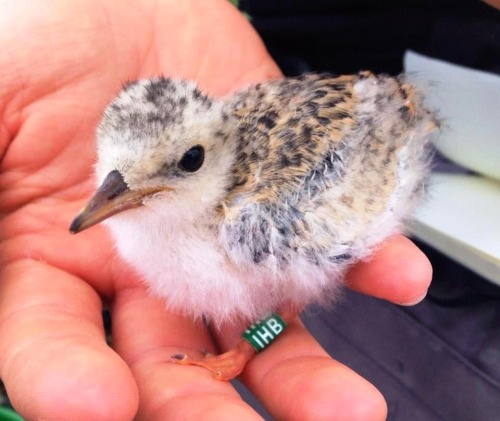
References (for both the above Little Tern articles)
1. Alex Bain, Oliver Slessor and Alex Wilkins, 2021 Gronant Little Tern Report, Denbighshire County Council.
2. David Cabot & Ian Nisbet, Terns, Collins New Naturalist, 2013.
3. Ringing and Nest Recording Report (BTO),
available
on-line at:
https://www.bto.org/our-science/projects/ringing/publications/online-ringing-reports
4. Linda Wilson, Insights from colour-ringing Little
Terns (RSPB summary of British Birds article Feb 2021),
https://community.rspb.org.uk/ourwork/b/science/posts/insights-from-colour-ringing-little-terns
5. Details of the colour-ringed Little Terns
recorded by NIOZ in Mauritania were sent to David Norman (Merseyside
Ringing Group) then circulated to members of North Wales Little Tern
Group.
Richard Smith
April Bird News
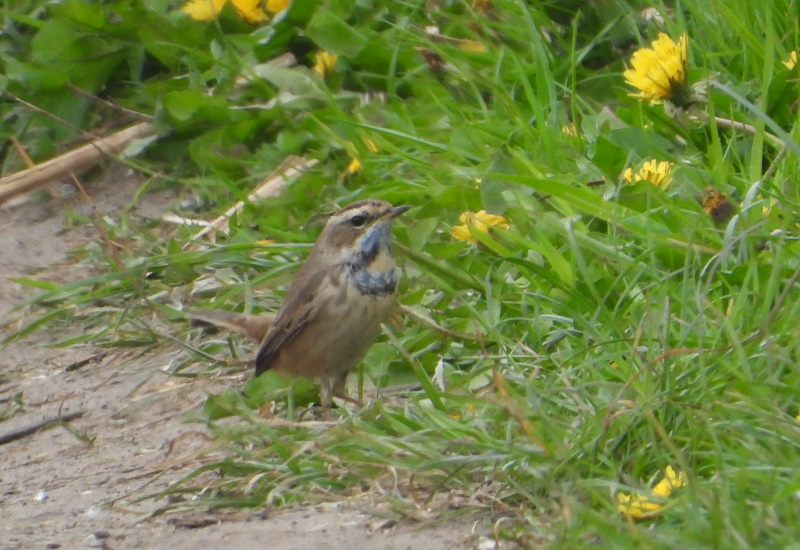
There's no doubting the bird of the month with a
Bluethroat found by Allan Conlin on the path by the horse paddocks at
Leasowe Lighthouse on the 28th. It was a good way to remember our
friend Kenny Dummingan who found the last Cheshire/Dee Estuary bird at
almost the exact spot 12 years ago. I reckon this is the 17th record
for the Dee Estuary area with most seen at Red Rocks but there are two
records from Shotton in the 1970s.
Other notable rarities were an Iberian Chiffchaff at
Hoylake, a Black Kite at Burton and a Richard's Pipit at Hilbre.
Below is the table of the first arrivals for a
selection of migrants, all fairly typical for recent years except for
the first swifts which were the latest since 2014 (3rd May), no doubt
due to some cold north-easterlies late on in April.
| Species | 2022 | Location | 2021 | 2020 |
|---|---|---|---|---|
| Wheatear | 9th March |
Burton | 28th Feb |
16th March |
| Sand Martin | 11th March |
Burton | 5th March | 16th March |
| White Wagtail |
12th March | Hilbre | 16th March |
1st March |
| Swallow | 15th March | Burton | 18th March | 23rd March |
| House Martin |
23rd March | Heswall |
27th March | 5th April |
| Willow Warbler |
29th March |
West Kirby | 23rd March |
26th March |
| Whitethroat | 10th April | Heswall | 10th April | 8th April |
| Cuckoo | 21st April |
Leasowe | 24th April | 23rd April |
| Swift | 28th April |
Burton | 16th April | 21st April |
Due to some warm southerly winds the spring migration really picked up in the second week of April and highlights include: on the 12th we had well over 100 Wheatear including 50 at Leasowe Lighthouse where we also had 6 Common Redstarts and 60 Willow Warblers; the 13th saw four Ring Ouzels in four different locations and we had 73 White Wagtails on Hoylake Shore on the 14th. Other notable migrants were three male Pied Flycatchers, the first Spotted Flycatcher through on the last day of the month and a Wood Warbler at Leasowe on the 24th. There were plenty of Grasshopper Warblers seen and heard including five along the edge of Burton Marsh on the 18th.
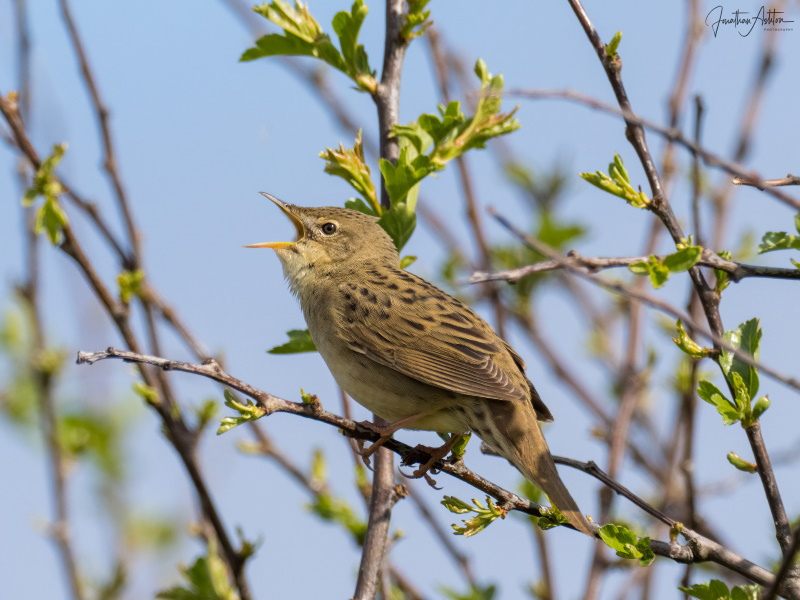
There was a decent passage of Ospreys with 11 in
total including one in late March, unusually one roosted overnight in a
tree at Meols giving good views both that evening and the following
morning when it was sat on a past on the shore. Several reports of an
Osprey came from West Kirby which all turned out to be the escaped
Red-tailed Hawk which has now been there for several years.
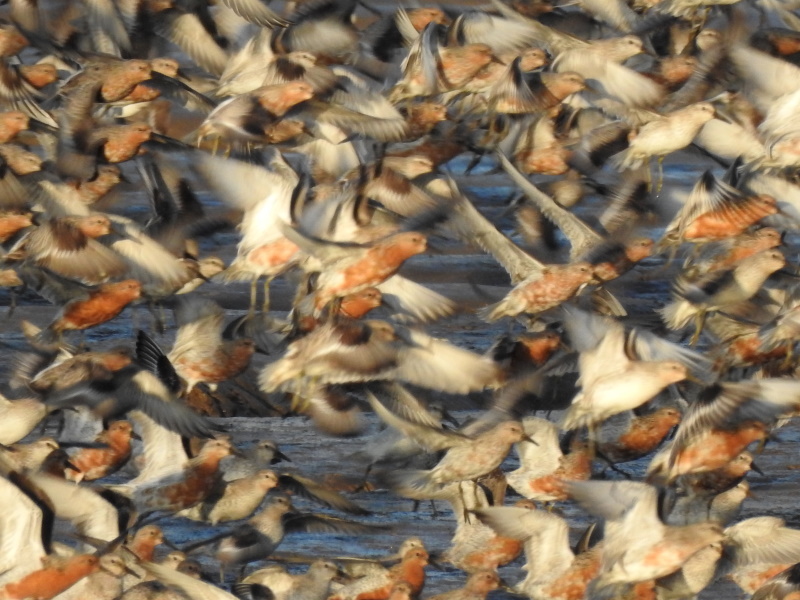
With many of our over-wintering waders having already moved on the
estuary can be very quiet in April, but it certainly wasn't quiet on
the 25th when Dawpool Bank, off Thurstaston, was covered with thousands
of Knots, Grey Plovers and Dunlin. This was early morning yet by 10am
they had all disappeared, apart from a handful of Dunlin, and this
seemed to be the pattern for the whole of the last week in April. We
think they were feeding overnight here on the Dee and flying back to
Formby and Ainsdale the following morning. It was certainly fantastic
to see so many Knot in breeding plumage and, from the way they were
behaving, they seemed to be preparing for the long flight across the
Atlantic with many seen to fly high into the sky before gliding back
down again on several occasions. A few Wood and Green Sandpipers were
recorded and a Curlew Sandpiper seen at Hilbre at the end of the month
was a nice find.
Out to sea it was good to see the terns back
including the first Little Tern, at Hilbre on the 12th, with several at
Gronant a few days later. A strong breeze early in the month brought in
a few Gannets but generally it was fairly quiet, but it was good to see
two Arctic Skuas on the 3rd.
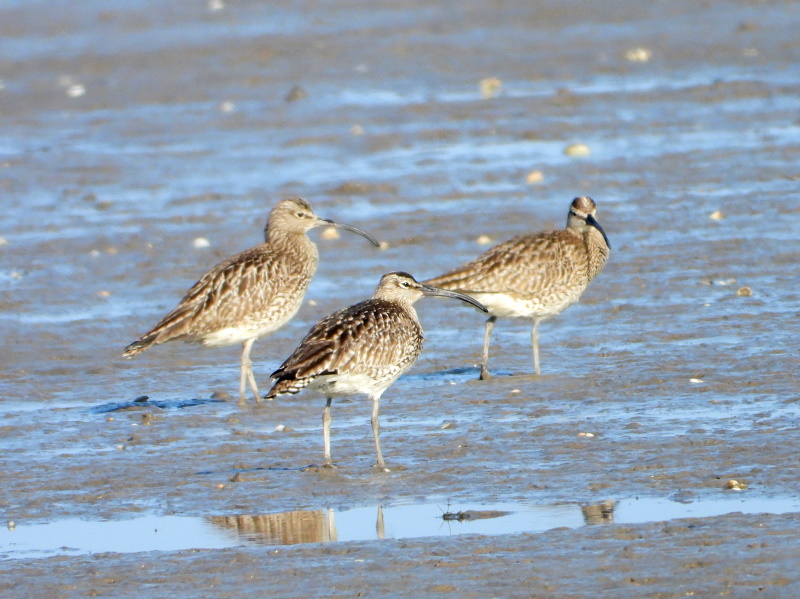
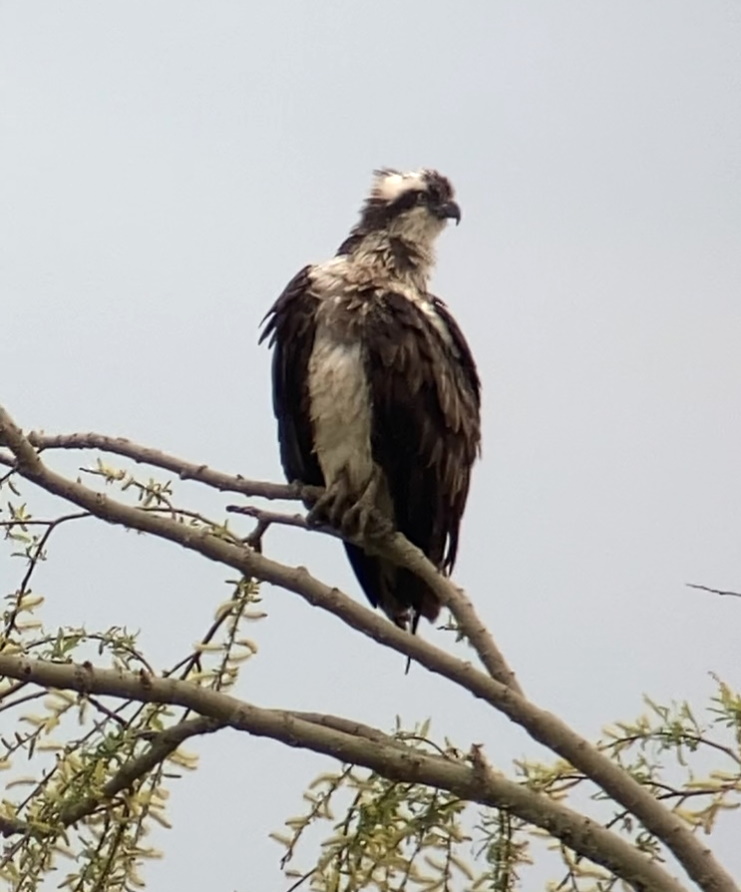
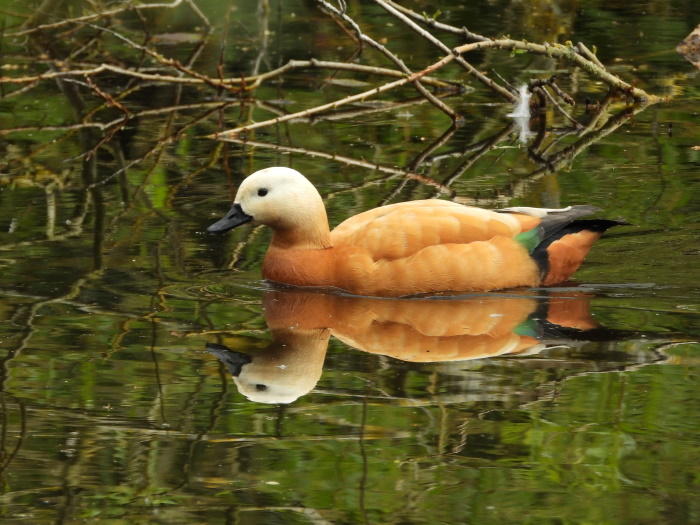
What to expect in May
The spring migration will still be in full swing
especially in the first half of May. Migrants to look out for are
Spotted Flycatchers and Whinchats both which should peak in numbers
this month, and there should still be Yellow Wagtails passing through.
Wood Warblers are sadly quite rare now but there is a good chance one
or two will be sighted, and hopefully they will be in full song.
On the estuary and freshwater sites look out for
waders in breeding plumage - Dunlin and Ringed Plovers will be
migrating in their hundreds and both Grey Plovers and Knots will be in
full summer plumage if you manage to see them early in the month before
they head north. We
normally associate Curlew Sandpipers with the autumn migration but we
sometimes get one or two in May and they will also be in summer plumage
which is not something we see very often here. The stretch of coastline
between West Kirby and Heswall is particularly good for seeing
Whimbrels and their numbers peak either late April or early May, last
year there was
a record count of 173 at Heswall.
Strong westerlies should result in some good sea-watching with our first Manx Shearwaters of the year as well as plenty of Gannets.
May is often a great month for rarities, last year
alone we had a Hoopoe, Collared Pratincole, Common Crane, Bonaparte's
Gull and Glossy Ibis.
Top of Page
Forthcoming Events
May Highest Spring Tides (Liverpool)
Also see Tides page.
16th May, 11.53hrs (BST), 9.5m.
17th May, 12.37hrs (BST), 9.6m.
18th May, 13.24hrs (BST), 9.5m.